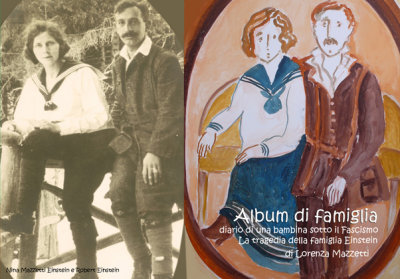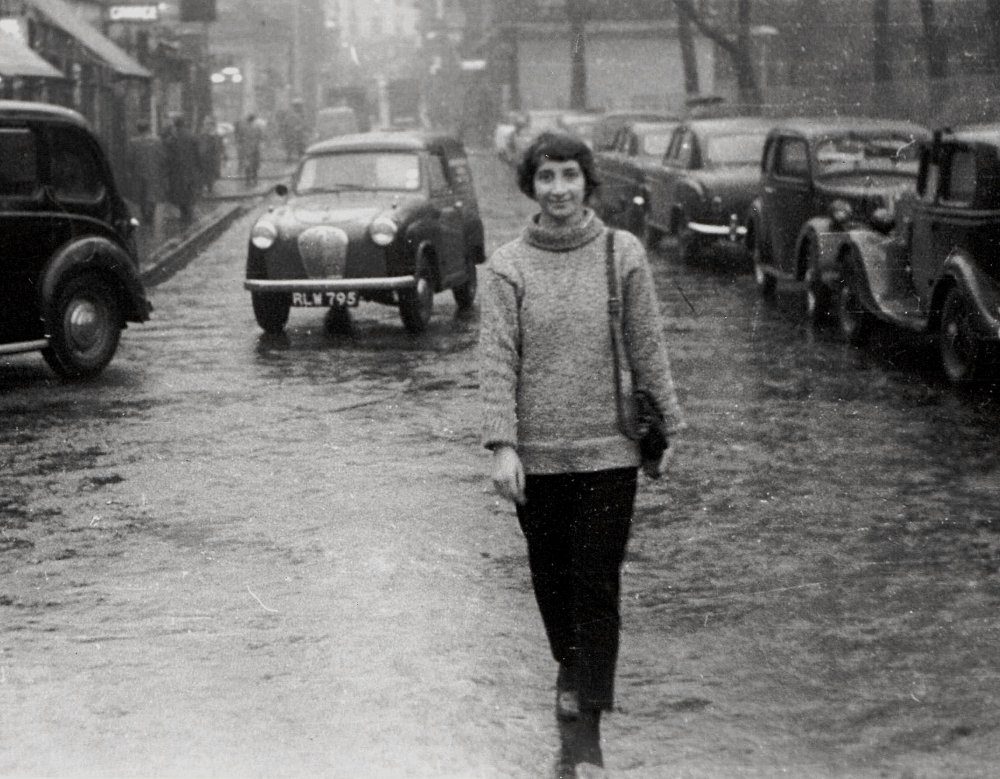My review of Ali Smith’s novel Summer is online at The Millions.
One thing I’ve loved about Ali Smith’s Seasons Quartet is that they include artists that, frankly, I’d never heard of. True, these artists were a bit before my time. That wouldn’t normally be a problem, though. We’ve all heard of Leonardo da Vinci. But somehow the times left these women artists more obscure than their work warrants.
Ali Smith’s Summer gives us Italian filmmaker, painter and writer Lorenza Mazzetti (1928–2020).
Early Years
Mazzetti’s childhood plunged from dubiously idyllic to unquestionably tragic when, during the occupation of Italy, Nazi soldiers murdered her aunt and cousins, in whose care she and her twin sister had been placed. The father of the family, a cousin of Albert Einstein, escaped but later died by suicide. Only their last name spared the twins — it wasn’t Einstein; it wasn’t Jewish.
After the war ended, Mazzetti moved to England where, through sheer reckless determination, she enrolled in Slade School of Fine Art. In another act of reckless determination, involving equipment borrowed without permission, she made K, a film based on Franz Kafka’s Metamorphosis.
At the opening of Summer, Ali Smith dwells on the scene of K‘s Gregor character tightrope-dancing on a rooftop: “How can he be going so fast and not fall off the edge of the building? / How can what he’s doing be so wild and still so graceful, so urgent and blithe both at once? … Why is he risking everything?” (Smith calls his dance “crazed but merry.” The clip I saw, admittedly without the context of the whole film, didn’t give me that feeling; I saw more a desperate, wild last laugh performance, teetering between irony and grotesquery.)

Free Cinema
Mazzetti became close friends with other young filmmakers Lindsay Anderson, Karel Reisz and Tony Richardson. Together, the four described their ideal of film: “No film can be too personal. The image speaks. Sound amplifies and comments. Size is irrelevant. Perfection is not an aim. An attitude means a style. A style means an attitude.” In 1956, they screened several of their short films in a program titled, “Free Cinema” — free, meaning, free of mainstream considerations. The six Free Cinema programs laid the groundwork for British New Wave film.
[A DVD set of 16 Free Cinema films, including Mazzetti’s most famous film, Together, is at Amazon. But be warned, as one reviewer said (though giving the set a 5-star rating): ” It’s interesting to see how some of the more famous films are crap (i.e. “We Are The Lambeth Boys”) and some of the obscure ones are great.”]
Witnessing and Remembering
Mazzetti’s 1961 autobiographical novel, Il Cielo Cade, published in English as The Sky Falls, was a best seller in Italy and won the prestigious Viareggio Prize. (Unfortunately, it’s out of print in English.) Mazzetti: “Writing that book saved my life. I wasn’t eating. I was crying. I was so angry. Writing helped me deal with what was going on in my head.” She wrote several other fiction and nonfiction works, mostly still in print in Italian.
Painting, much of it also autobiographical, dominated the later years of her life. Ali Smith: “Her last great project Album di Famiglia, or Family Album — a set of paintings featuring portraits of her family up to the time of the murders, and visions of the Tuscan countryside in a sunny, gorgeous summer with Nazis under the trees and fascists teaching the schoolchildren — will bring to mind artists like Henri Matisse and Charlotte Salomon, by their style, by a shared understanding of the way light falls regardless of what it falls on, and by their sheer colourfulness.”

Like many other survivors of trauma and atrocity, Mazzetti focused her work on witnessing and remembering. “I want people to remember the war and my uncle and his family and what happened to them. If my art helps people remember, that is enough for me.”
Yet Mazzetti’s art — any art worth pursuing — portrays not only the eternal past; it shows us the eternal now. It can grasp us our rage, and it can calm and comfort our spirits. It shows us where we’re broken, if we let it, and it locates our sources of joy.

Sources: “Not My Country, Not My Home, Nobody In The Whole World”: The Life And Cinema Of Lorenza Mazzetti (1928 – 2020), essay by Francesca Massarenti | “Lorenza Mazzetti: Free,” essay by Shelley Boettcher | Obit, New York Times | Because I’m a Genius, a 2016 documentary on Lorenza Mazzetti, by Steve Della Casa and Francesco Frisari, available streaming. | Summer, by Ali Smith at Amazon
